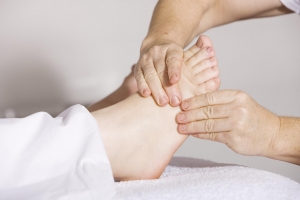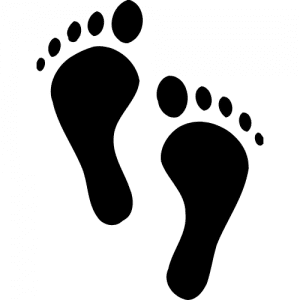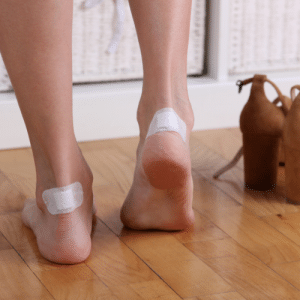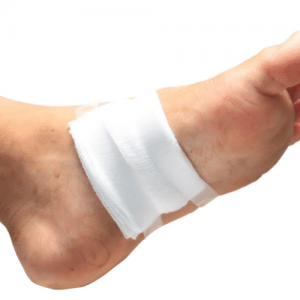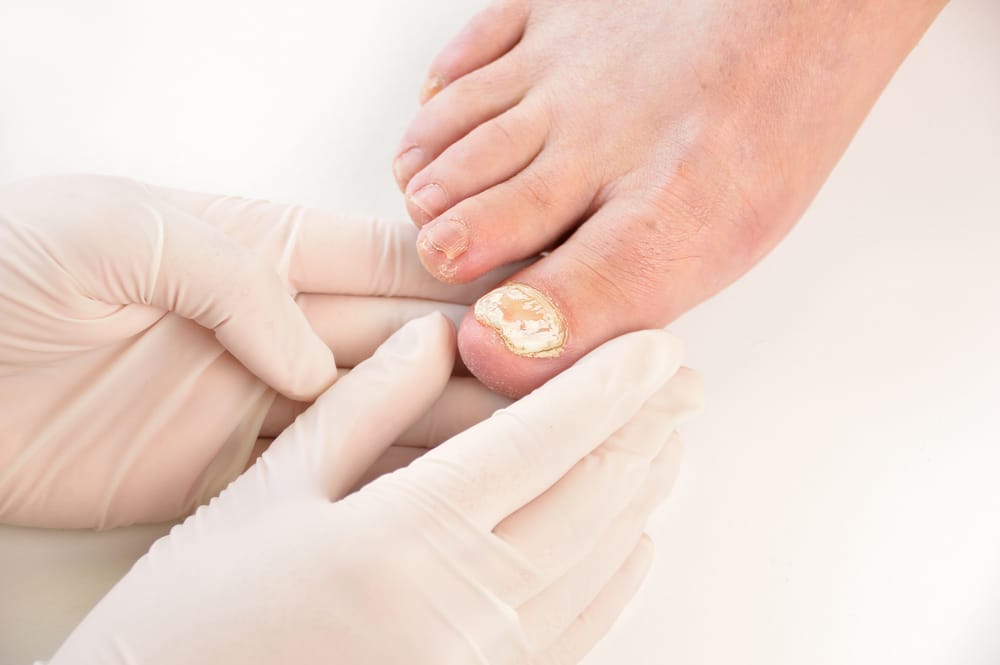Signs That It’s Time To See A Podiatrist
There are approximately 26 bones in your feet. That’s a lot of places for something to go wrong. So, it’s no wonder that nearly 75% of adults have experienced foot pain at some point in their lives.
Although you may think that foot problems aren’t serious, the truth is that not seeking treatment can lead to bigger problems down the line. In short, if you want to be able to walk around into old age, it’s important to take care of your feet!
In this article, I share some of the top signs that it’s time to see a podiatrist. By the end, you should be better equipped than ever before to assess when it might be time for professional medical intervention.
If you experience any of these conditions, make an appointment with a Sunshine Coast podiatrist today. Call (07) 5456 2562 or book online!
Hurts To Wear Shoes
Another sign that you need to see a podiatrist is if your shoes are hurting you. If shoes that used to fit fine now hurt when you wear them or make it difficult to stand for long periods of time, there is definitely something that needs investigating.
A podiatrist will help you find out what the problem is and get it fixed so you can enjoy your footwear pain-free.
Risk Of Heart Disease
A podiatrist may be a good idea if you’re at risk for heart disease or other health issues. Many foot and ankle problems can be linked to other health issues, like diabetes and heart disease. If you have a family history of these conditions or are at risk for them, your podiatrist can evaluate your feet for signs of complications that could affect your overall health.
Regular Foot Pain
If you’re experiencing foot pain, it’s probably time to make an appointment with a podiatrist. Pain can affect the toe joints, the heel, the arch of the foot or the ball. It can be a sign of a serious underlying condition such as arthritis or gout and could lead to a loss of mobility if left untreated.
Most podiatrists can perform X-rays and MRI scans in the office, which will give them the information they need to diagnose your problem quickly. There are many different kinds of treatment options available depending on the nature of your injury, ranging from medication and steroid injections to physical therapy or surgery.
The sooner you see an expert about what might be causing your pain, the better!
Worried About Diabetes
Regular foot checkups are important for people with diabetes to prevent serious foot problems and lower the risk of amputation. Diabetics have circulation and nerve problems that put them at risk for complications like infections, sores and ulcers in their feet.
Most diabetic foot problems are preventable with regular foot exams, good self-care practices and proper footwear. Early detection of a problem can help prevent it from getting worse. So keep your eye out for any changes in your feet or ankles, including warts, calluses or cuts with delayed healing.
If you’re concerned about your risk of developing diabetes, see a podiatrist right away.
NIGHT TIME FOOT CRAMPS
If you find yourself jolted awake in the middle of the night with a sudden, sharp pain in your foot, it could be a sign that something is not quite right. Foot cramps are typically caused by low blood circulation throughout the body, especially in your feet and hands.
When you sleep at night, your circulation is naturally decreased as your heart slows down its rate of pumping blood throughout your body. If you continue to suffer from painful foot cramps while sleeping at night, then there may be something more serious going on that requires medical attention.
The occasional foot cramp could be due to dehydration or muscle fatigue caused by overuse in sports. However, if you suffer from chronic muscle spasms, then this could be a sign of nerve damage or even diabetes.
Additionally, frequent night-time foot cramps can also indicate a condition called peripheral artery disease (PAD). PAD is characterised by fat deposits in the legs and feet which block blood flow and decrease circulation throughout the body. PAD often goes undiagnosed because of how common poor circulation becomes as we age, but it can be one cause of recurrent night-time leg and foot cramps.
If this is a concern for you, please reach out to discuss further.
CALLUSES OR BLISTERS
Things like proper shoes and daily care can help improve the look and feel of your feet, but sometimes there are stubborn areas that won’t go away on their own. Calluses, corns, blisters and bunions can become painful or infected over time if not treated properly.
A podiatrist can evaluate the severity of these lesions and recommend treatment options best for you.
YELLOW & HARD TOENAILS
You don’t have to be a nail artist to know what healthy toenails look like. If they’re thick, yellow, and hard like plastic or porcelain, it’s time to visit a podiatrist. It might be a fungal infection called onychomycosis.
Onychomycosis tends to affect the big toes and thumbs most often but can happen anywhere on the nail. Other symptoms include brittle, flaking or crumbly nails, thick, yellow nails, nails that are coming off in layers and nails that are dull, dry or rough. Toenails that develop white spots can also be a sign of an infection.
If you spot signs of onychomycosis early enough, topical antifungal medications may help clear up your condition—but many cases require oral medication prescribed by a doctor. For severe cases that result in pain or instability when walking, surgery may be necessary to restore full function.
LUMP ON FOOT
Have you noticed a lump on your foot that is painful and appears to be growing? It could be a cyst or a tumour that might need surgery.
Alternatively, it may be a bunion, wart or callus. Not all lumps are cancerous, but if they are cancerous they must be treated immediately. Speaking to a Sunshine Coast Podiatrist should be your first port of call.
THICK MISSHAPEN NAILS
Discoloured, thickened or misshapen nails can be signs of a fungal infection. Fungal infections can be acquired by coming into contact with other people or animals who have fungus on their skin. The same kind of fungus that causes athlete’s foot and jock itch may also cause nail infections, and a podiatrist can help diagnose the issue.
ABNORMAL NAILS
Ingrown toenails and toenails that grow sideways so as to impact the skin of adjacent toes can cause significant discomfort. Often the only remedy is surgery, but a podiatrist can assess your feet including your shoes, your gait and posture, as well as other potential causes and remedies to find the best solution to your pain.

